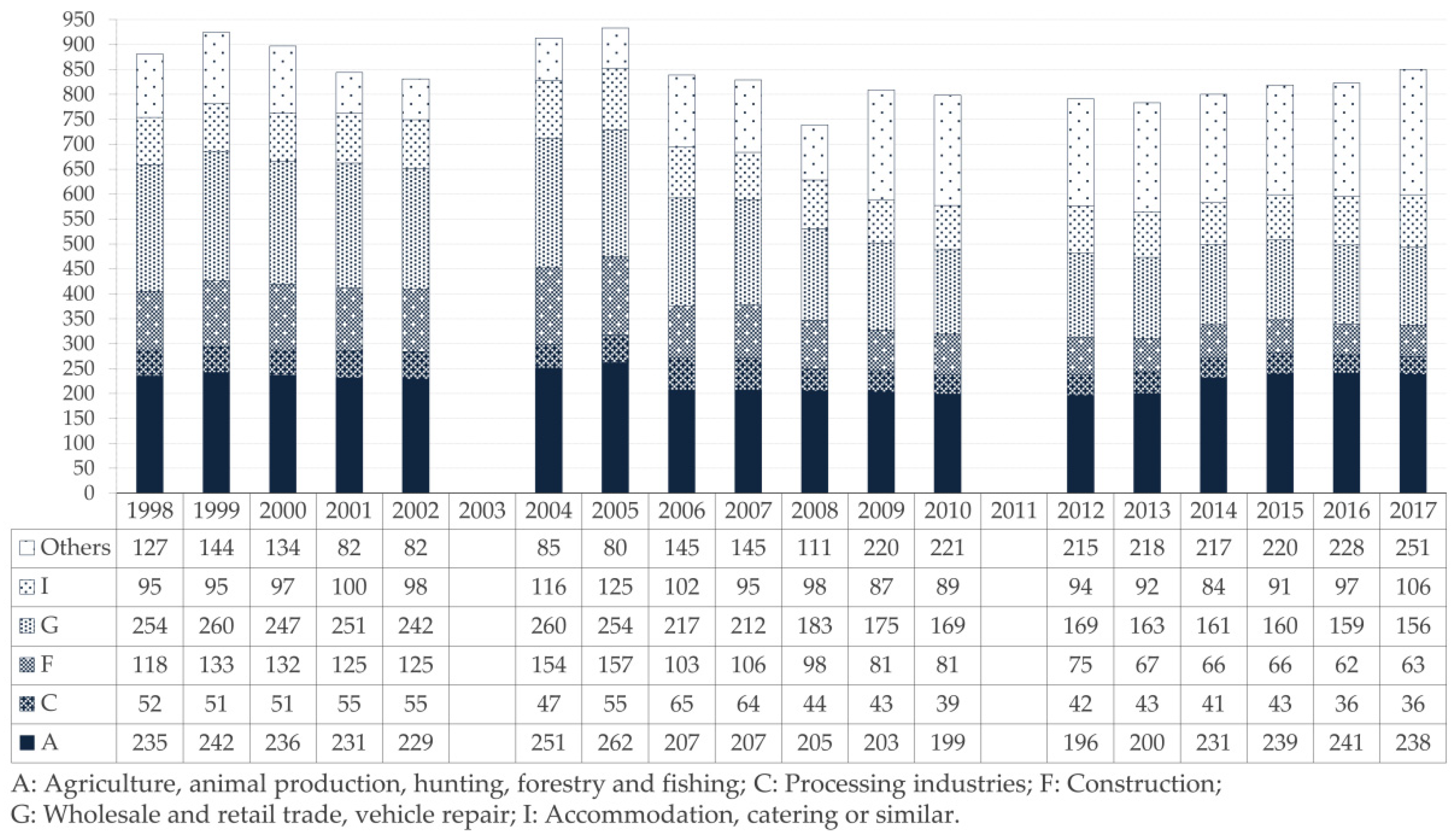Since the 48.372 and 48.377 GHz lines have the same sensitivity coefficient to changes in μ (K μ = −1), these line redshifts were also assumed to be the same. Finally, the 60.531 and 48.377 GHz lines are both E-type lines (the 48.372 GHz line is an A-type); local thermal equilibrium was assumed for the ratios of the strengths of the E-type. The making of a user friendly MAOI diet. J Clin Psychiatry 1996;57:99-104. Gardner-Thorpe D, O'Hagen C, Young I, Lewis SJ. Dietary supplements of soya flour lower serum testosterone. Since the 48.372 and 48.377 GHz lines have the same sensitivity coefficient to changes in μ (K μ = −1), these line redshifts were also assumed to be the same. Finally, the 60.531 and 48.377 GHz lines are both E-type lines (the 48.372 GHz line is an A-type); local thermal equilibrium was assumed for the ratios of the strengths of the E-type. C, RT-PCR amplification of a full ∼1.6 kb transcript encoded by the Stx1B yfp allele from Stx1B +/yfp mRNA. D, Immunoblot showing severely reduced levels of Stx1B–YFP in Stx1B yfp/yfp;Stx1A −/− embryonic brain lysates compared with lysates from control littermates. Β-tubulin was used as a loading control.
Constraints on changes in the proton-electron mass ratio using methanol lines.
Abstract
We report Karl G. Jansky Very Large Array (VLA) absorption spectroscopy in four methanol (CH3OH) lines in the z = 0.885 82 gravitational lens towards PKS1830-211. Three of the four lines have very different sensitivity coefficients Kμ to changes in the proton-electron mass ratio μ; a comparison between the line redshifts thus allows us to test for temporal evolution in μ. We obtain a stringent statistical constraint on changes in μ by comparing the redshifted 12.179 and 60.531 GHz lines, [∆μ/μ] ≤ 1.1 × 10-7 (2σ) over 0 < z ≤ 0.885 82, a factor of ≈2.5 more sensitive than the best earlier results. However, the higher signal-to-noise ratio (by a factor of ≈2) of the VLA spectrum in the 12.179 GHz transition also indicates that this line has a different shape from that of the other three CH3OH lines (at >4σ significance). The sensitivity of the above result, and that of all earlier CH3OH studies, is thus likely to be limited by unknown systematic errors, probably arising due to the frequency-dependent structure of PKS1830-211. A robust result is obtained by combining the three lines at similar frequencies, 48.372, 48.377 and 60.531 GHz, whose line profiles are found to be in good agreement. This yields the 2σ constraint [∆μ/μ] ≲ 4 × 10-7, the most stringent current constraint on changes in μ. We thus find no evidence for changes in the proton-electron mass ratio over a lookback time of ≈7.5 Gyr.


104 48/372 Cove
- atomic processes;
- galaxies: high-redshift;
- galaxies: individual: PKS1830-211;
- quasars: absorption lines;
- radio lines: galaxies;
- Astrophysics - Cosmology and Nongalactic Astrophysics;
- Astrophysics - Astrophysics of Galaxies
104 48/372 Chestnut

104 48/372 Cove
- atomic processes;
- galaxies: high-redshift;
- galaxies: individual: PKS1830-211;
- quasars: absorption lines;
- radio lines: galaxies;
- Astrophysics - Cosmology and Nongalactic Astrophysics;
- Astrophysics - Astrophysics of Galaxies

